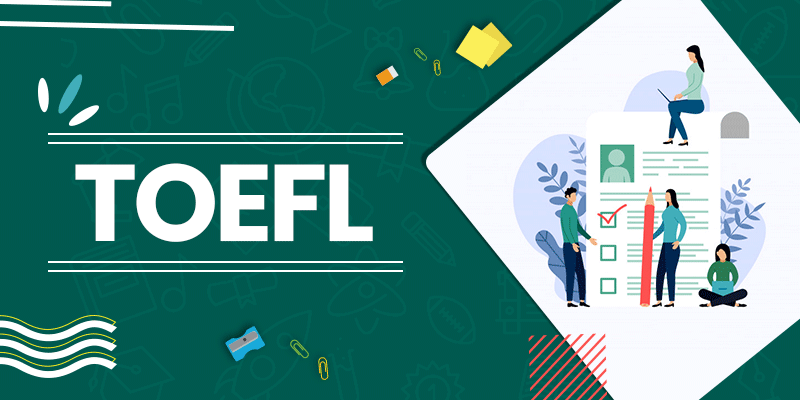
The TOEFL is a lengthy as well as demanding exam, however understanding how it operates may be the first approach toward mastery. So, let’s just have a look at various TOEFL exam formats as well as how the exam was designed.
Toefl Varieties
The overwhelming majority (97 percent) of TOEFLs performed seem to be online examinations (IBTs). Learners require the IBT TOEFL on such a given computers in an examination room, frequently with many other persons involved in the assessment.
Paper-based examinations account for only 3% over all TOEFLs (PBTs). Because the PBT doesn’t really assess pupils’ speaking abilities, test developers are pulling out such sorts of assessments. PBTs are really only accessible in exam centres where online assessment is not accessible as of 2016. Most colleges recognize just IBT TOEFL scores. Unless you’re completing the PBT, double-check the school’s foreign applications webpage.
One could attempt the TOEFL exam quite so many times as one desires, regardless of the kind. The sole exception rather than the regulation is that one really can retake the exam if taken a TOEFL within the previous 12 days.
Anatomy of the Toefl Exam
The exam is divided into different categories and takes around 4.5 hours to complete. These four components are as follows: reading, listening, speaking, and writing.
Every part is graded on a scale of 30. All segment values are therefore summed up for an overall points of 120 points. Thus, with this information students can do just the right toefl preparation.
1st Section: Reading
The reading component of the TOEFL is entirely multiple – choice questions. Every readings portion will contain 3 or 4 writing sections, each one with 12-14 questions. (Examinations with 3 written passages typically have more problems per section than exams featuring 4 written sections.) Having read sections can be used for any academic subject, such as science, history, or literature.

2nd Section: Paying Attention
The auditory component of the TOEFL is likewise entirely multiple – choice questions. Each auditory session would consist of four to six talks, each one with six questions, plus two or three dialogues, each one with 5 questions.
3rd Section: Public Addressing
The TOEFL speaking part is much more difficult than that of the read or hearing sections. Fortunately, each talking segment will always maintain the very same structure, so you may plan ahead of time.
Students would be given six talking cues, or “tasks,” in the speaking part. The very first two activities would be self-contained and would need students to discuss their personal stories and thoughts. The final four assignments will be integrated activities in which you’ll be required to answer questions based on a specific discussion or piece of writing.
Section 4: Composition
The TOEFL composition chapter consists of two parts: one integrative assignment and one individual work.
1. Integrative Composition Assignment (20 minutes)
Students should read a brief text and attend to a presentation for with this level. The conversation would then be responded to/summarized by you.
2. Individualized Composition Assignment (30 minutes)
In this part, you’ll normally be required to pick amongst two possibilities and explain why you picked the way that you did. “Would you believe or think that most families are overly protective of their children?” for instance.




